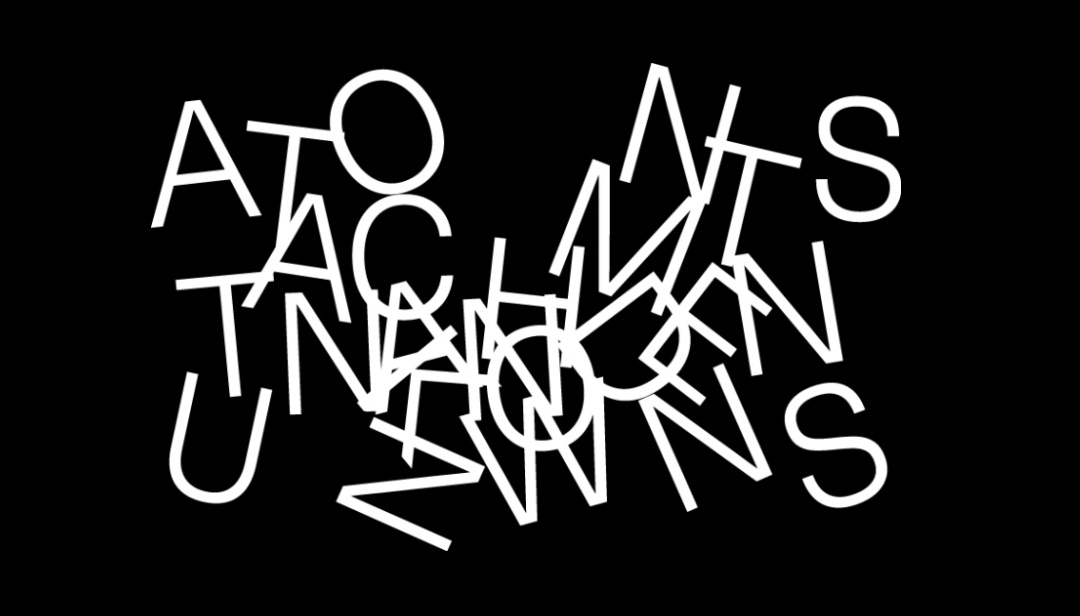In residence with Pacific Crossings from May 22 – June 7, 2019, Mayumi Hirano and Mark Salvatus shared their individual practices of research, curating and art making. Based in Quezon City, Philippines, and working frequently in Japan and across Asia, both Hirano and Salvatus address deep commitments to community building and alternative institutional structures in their working methods.
Load Na Dito is an artistic and research project based in Manila, Philippines. Developed as a home made culture, currently located in Cubao, Quezon City, it uses any possible space as a site for knowledge sharing, inquiry and discussion. “Load na Dito” is a local top up system for cellphone credit, where you can load anywhere as long as you can see a sign “load na dito.” Developing it as a model, the pair make projects in different locations—building new energies to have “load.” These presentations by Load Na Dito co-founders, researcher-curator Mayumi Hirano and artist-organizer Mark Salvatus, will offer context of their practice working in the Philippines and within the wider Asian art community.
Mayumi Hirano is an independent curator, researcher and translator based in Manila and Osaka, Japan. She is the co-founder of a multi-disciplinary space 98B COLLABoratory where she was the head of educational program, until 2018. After her curatorial practice at Yokohama Triennale (2005) and Koganecho Bazaar (2008-2013), her research and practice continues to focus on the relationship between art and society. She is currently focusing on developing educational programs that facilitate experimentations with various ideas by using creative mediums. Mayumi was an Asian Public Intellectuals Fellow (2013-2014), and worked as a researcher for Asia Art Archive, Hong Kong (2007-2008).
Mark Salvatus (b. 1980) currently lives and works between Manila, Philippines and Osaka, Japan. He graduated cum laude at the University of Santo Tomas College of Fine Arts and Design Manila with a degree in Advertising Arts. He had solo shows at the Vargas Museum (Manila/PH), Ateneo Art Gallery (Manila/PH), Cultural Center of the Philippines (Manila/PH), La Trobe University Visual Art Center, (Melbourne/AU) and Goyang Art Studio (KR). His works have been presented in various international exhibitions including Video Spotlight: Philippines, Asia Society (NYC/USA, 2015); Neither Back nor Forward: Acting in the Present, Jakarta Biennale (Jakarta/ID, 2015); Survival Kit, (Umea/SW, 2014); Prologue: Honolulu Biennial (2014); Censorship, Move on Asia, Alternative Space Loop (Seoul/KR, 2014); Hotel Inmigrantes, parallel event Manifesta 9 (Hasselt/BE, 2012); 4th Guangzhou Triennale, Guandong Museum of Art (Guangzhou/CN, 2011); 3rd Singapore Biennale, Singapore Art Museum (SG, 2011); Koganecho Bazaar (Yokohama/JP, 2011); X IV Jakarta Biennale, Galeri Nasional (Jakarta/ID, 2011), La Trobe Univeristy Museum of Art | LUMA (Melbourne/AU, 2011), Next Wave Festival (Melbourne/AU, 2010); Asia Panic (Gwangju/KR, 2009). Mark Salvatus is a recipient of the 13 Artists Award from the Cultural Center of the Philippines (2012); Sovereign-Schoeni Art Prize, Hong Kong (2012) and Ateneo Art Awards (2010) and was part of the Philippine Pavilion at the Architecture Biennale 2016 in Venice/IT.


